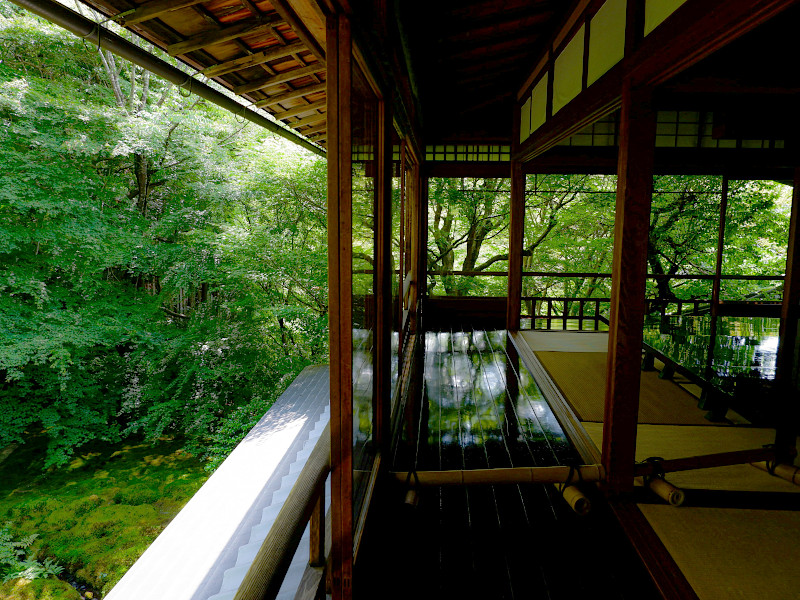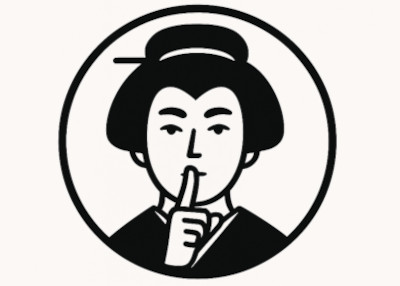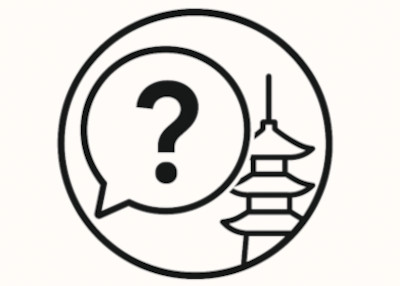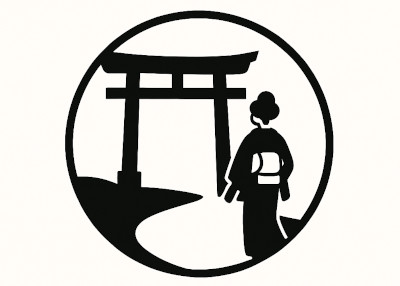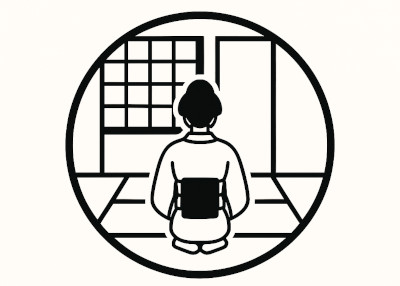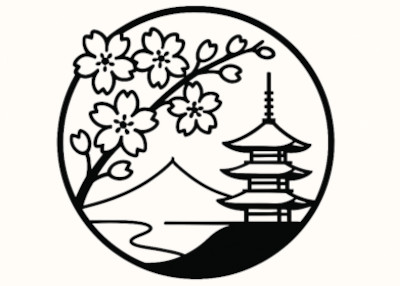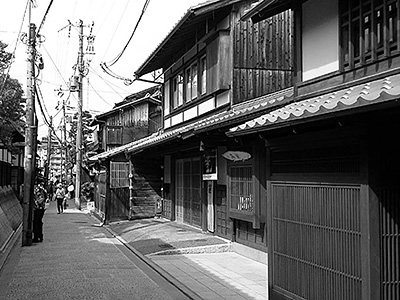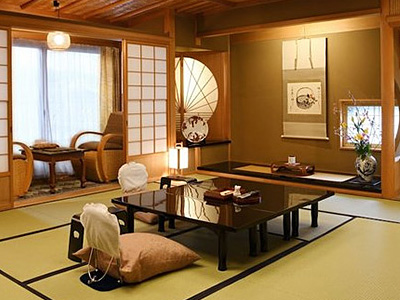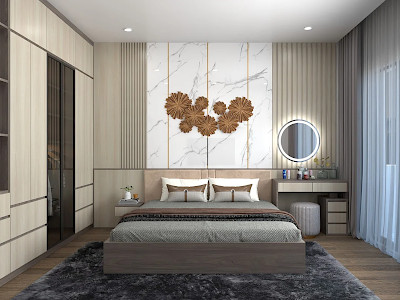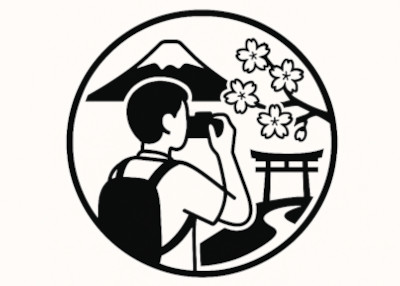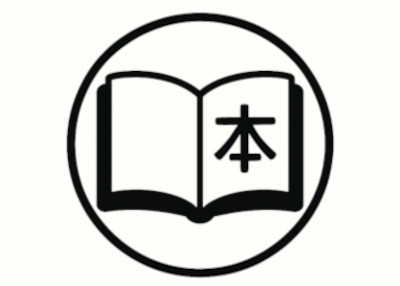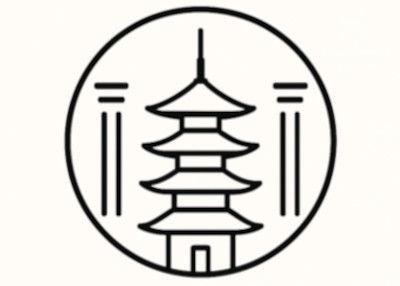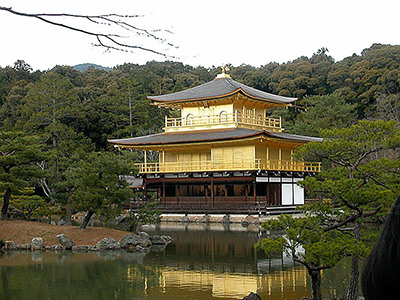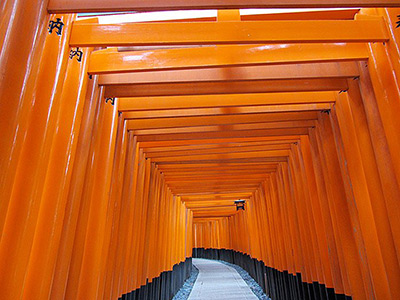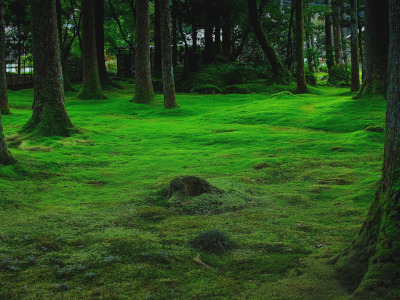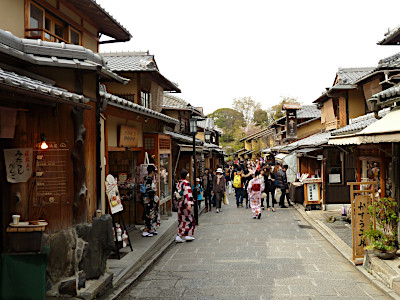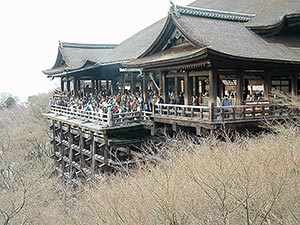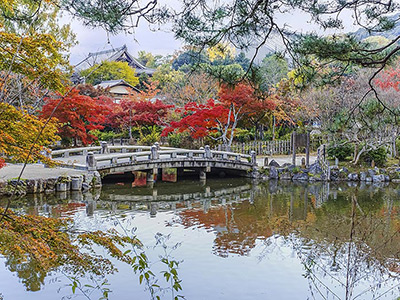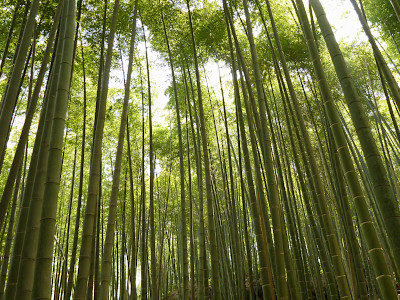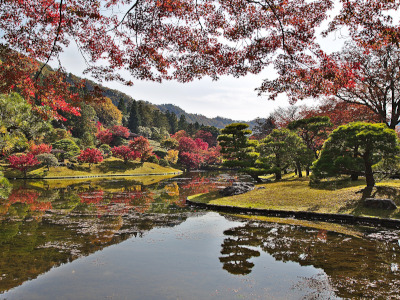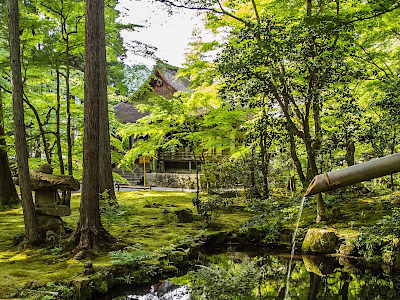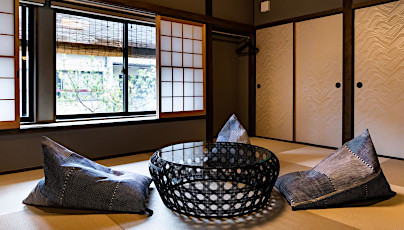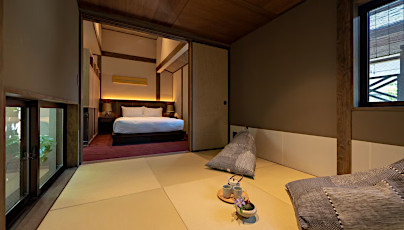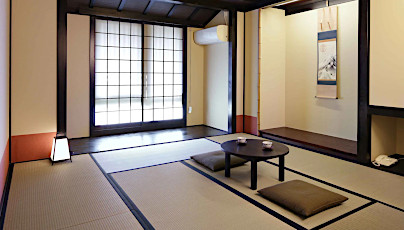Rurikoin Temple in Kyoto
This post can contain affiliate links, which means that we may receive a small commission if you make a purchase using these links.
Facts & Figures
Rurikoin is a lovely Jodo-shu Buddhist sect temple in the northern mountains of Kyoto within the Yase neighborhood. The site covers an area of approximately 40000 square meters. People come here to admire one of the most beautiful temple gardens in the city. Be aware that this place is only open to the public for a few months each year during spring (momoiji season), summer, and autumn (koyo season). The temple has the status of an important cultural property. The most popular place for taking pictures is on the second floor of the main building (the only one open to the public). Here is a beautifully polished lacquered black table, which reflects the amazing Ruri-no-niwa garden on its surface. It is actually this iconic scene that made this temple so popular on Instagram. On the first floor of the main building is a second viewing room (Shoin) located overlooking the main garden with a nice shiny floor of the engawa corridor. The main building includes also a Sutra room on the second floor where visitors can copy Buddhist scriptures. Be aware it can get really crowded.
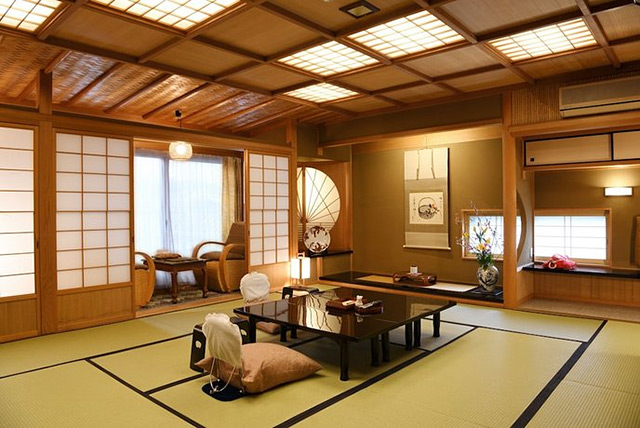 Experience the Ultimate Japanese Hospitality at a Kyoto Ryokan.
Experience the Ultimate Japanese Hospitality at a Kyoto Ryokan. Find Your Perfect Ryokan Now >
- Rurikoin Temple:
- Opening Hours - 10:00 am to 4:30 pm, the queue begins at 9:00 am
- Open only - 13th of April until 16th of June, 13th of July until 18th of August, 1st of October until 15th of December
- Admission Fee - 2000 yen (Adults), 1000 yen (Children)
- Reservations - Go to the official page for more information and use google translate.
History
Ruriko-in is the former villa named Kikaku-tei of Meiji period statesman Prince Sanjo Sanetomi (1837 – 1891). The residential architecture was later, after a bigger renovation in the 1930s during the Shova period (1926 - 1989), converted into a Buddhist temple. Well-known Japanese architect Nakamura Sotoji (1906 - 1997) took care of this project. The amazing gardens (Ruri-no-niwa, Yamaroji-no-niwa, Garyo-no-niwa) were also added at that time by famous landscape designer Toemon Sano. Rurikoin opened its doors to the public in 2015.
Location
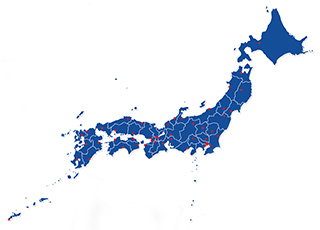
Rurikoin Temple is located in the northern part of Kyoto at the foot of Mt. Hiei within the Sakyo Ward and approximately 40 minutes away from Kyoto Station.
Address: 55 Kamitakanohigashiyama, Sakyo-ku, Kyoto, 606-0067
How to get to Rurikoin Temple?
- 5min walk from Yase-Hieizan-guchi Station served by Eizan Railway
Sightseeing spots
Top:
Three landscape gardens - Inside the temple grounds you will find three beautiful gardens, which are Garyo-no-niwa, Yamaroji-no-niwa (the mountain alley), and Ruri-no-niwa.
Ruri-no-niwa (Lapis Lazuli Garden) - This is the main garden full of different species of maple trees, thick moos, large rocks, and a small stream.
Garyo-no-niwa - The word stands for Garden of the Reclining Dragon. The garden was positioned around a stream, which finds its way to a lovely dragon-shaped pond with koi.
Yamaroji-no-niwa - The garden is covered with all shades of green moos.
Kama-buro - This is the blueprint for a traditional Japanese-style steam bath dating back to 672. Kamaburo is an architectural treasure and Rurikoin is one of the few places in Japan, where such a structure still exists. Prince Oama (631 – 686), later to be Emperor Tenmu, bathed here to heal his injury from the Jinshin War (672).
Buddhist altar - Do not miss this beautifully decorated altar of Amitabha Buddha (The Buddha of Immeasurable Life and Light) in the Hondo (main hall).
Treasures - If you are lucky there will be special viewings of these treasures like the painting of Amida Sanzon Raigo-zu (Amida triad) from the Muromachi period (1336 - 1573) or folding screens of plants and flowers of the Edo period (1603 - 1868).
Festival & Events in Kyoto (dates can change without notice)
March
Higashiyama Hanatouro Festival (Early - Mid March)
The illumination of local temples and roads by thousands of lanterns in the Higashiyama neighbourhood last for 10 days and starts at 6pm until 9:30pm. It is an unforgettable experience.
April
Miyako Odori (1st - 31st)
The traditional annual spring dance of the Kyoto district Gion Kobu performed by Geiko and Maiko is a must-see on your Kyoto visit. Don't miss the most popular dances the Miyako Odori "Cherry Blossom Dances" or "Dances of the Old Capital" at the Gion Kobu Kaburenjo Theater (located close to Gion Corner).
May
Aoi Matsuri (15th)
The highlight of this festival is a large parade from the Imperial Palace through the Shimogamo Shrine and ends at the Kamigamo Shrine (Kamigamo-jinja). More than 500 people wearing aristocratic costumes from the Heian Period (794 - 1185). The Aoi Matsuri belongs with the Gion Matsuri and Jidai Matsuri as the three most famous festivals in Kyoto.
July
Gion Matsuri (whole month)
The month of July is full of different events like the Yoiyama - Kyoto's Magical Night (locals in kimonos look at the giant Gion floats the day before the parade) or the famous Yamaboko Junko (float procession on the 17th of July).
October
Jidai Matsuri ("Festival of Ages") (22nd)
People celebrate with a large parade between Imperial Palace to Heian Shrine the anniversary of the foundation of Kyoto. App. 2000 participants wearing historical costumes from different time periods. Enjoy this great festival which lasts around 2 hours.
Where to stay in Kyoto?
Book your Flight Tickets and Rental Car for your Japan trip
Day trips from Kyoto:
Travelers who viewed Rurikoin Temple viewed also:
Top rated - Best Machiya Houses in Kyoto
THE MACHIYA Ebisuya, 192 Ebisuya-cho Shimogyo-ku, Kyoto 600-8062
This 3-star guesthouse got an excellent rating. All 30 individually furnished rooms offer free WiFi, air conditioning, bathrooms incl. toilets, fridges, 40-inch flat-screen TVs, and more. THE MACHIYA Ebisuya is located in central Kyoto.
View on Expedia.com
This 3-star guesthouse got an excellent rating. All 30 individually furnished rooms offer free WiFi, air conditioning, bathrooms incl. toilets, fridges, 40-inch flat-screen TVs, and more. THE MACHIYA Ebisuya is located in central Kyoto.
View on Expedia.com
The Machiya Kazahaya, 570-6 Kazahayacho, Shimogyo-ku, Kyoto, Kyoto, 600-8475
The Machiya Kazahaya offers for all guest rooms free WiFi, air conditioning, safes, bathrooms with toilets, refrigerators, and much more. Enjoy also the beautiful Japanese Garden. Guests gave this property the rating - Exceptional.
View on Expedia.com
The Machiya Kazahaya offers for all guest rooms free WiFi, air conditioning, safes, bathrooms with toilets, refrigerators, and much more. Enjoy also the beautiful Japanese Garden. Guests gave this property the rating - Exceptional.
View on Expedia.com
Kyomachiya Ryokan Sakura Urushitei, 425 Kichimonjicho, Shimogyo-ku, Kyoto, 600-8069
This beautiful 3-star guesthouse offers 32 rooms with free WiFi, air conditioning, bathrooms incl. showers and toilets, refrigerators, and much more. Enjoy also the relaxing indoor public bath (no minerals). Guests gave this property the rating - Wonderful.
View on Expedia.com
This beautiful 3-star guesthouse offers 32 rooms with free WiFi, air conditioning, bathrooms incl. showers and toilets, refrigerators, and much more. Enjoy also the relaxing indoor public bath (no minerals). Guests gave this property the rating - Wonderful.
View on Expedia.com

